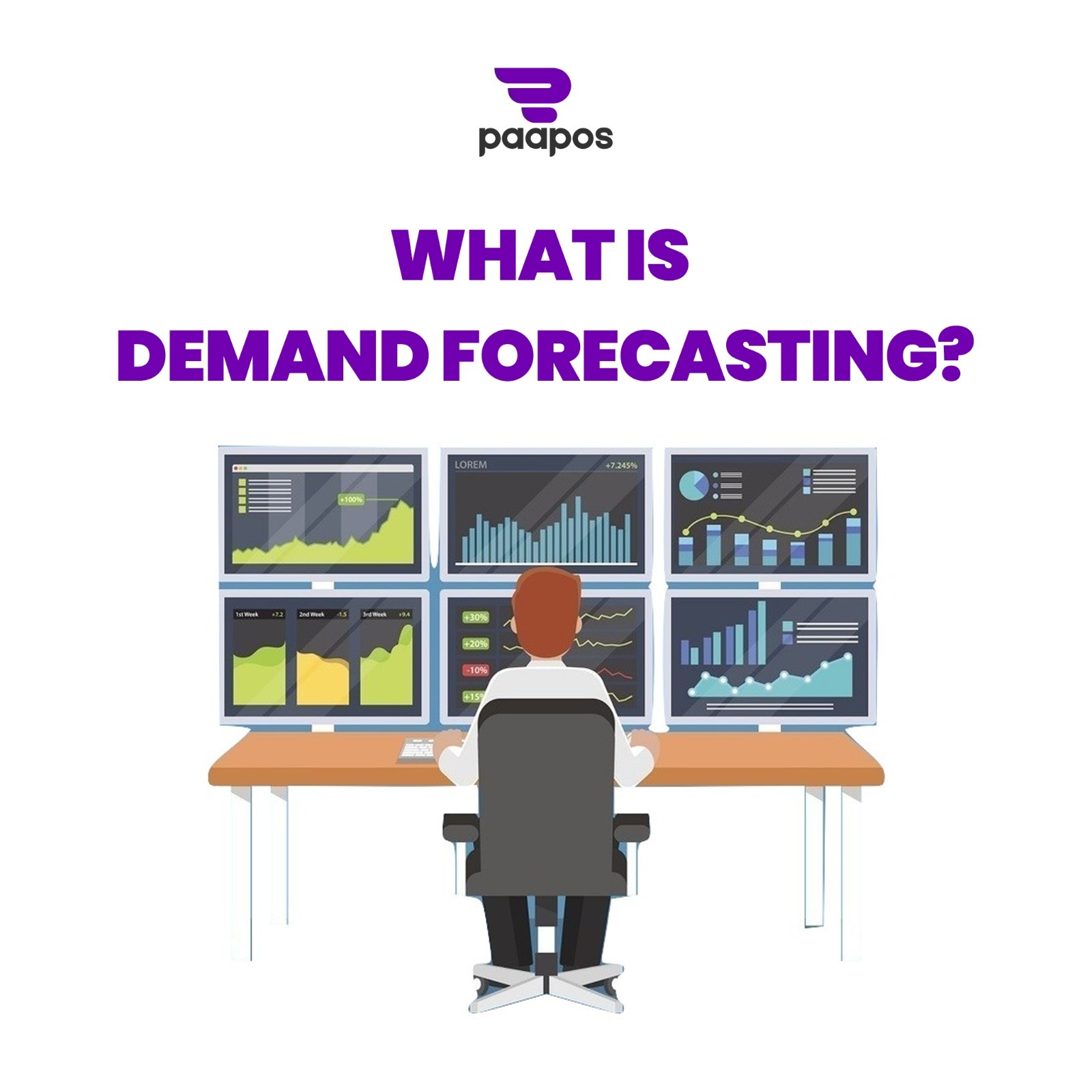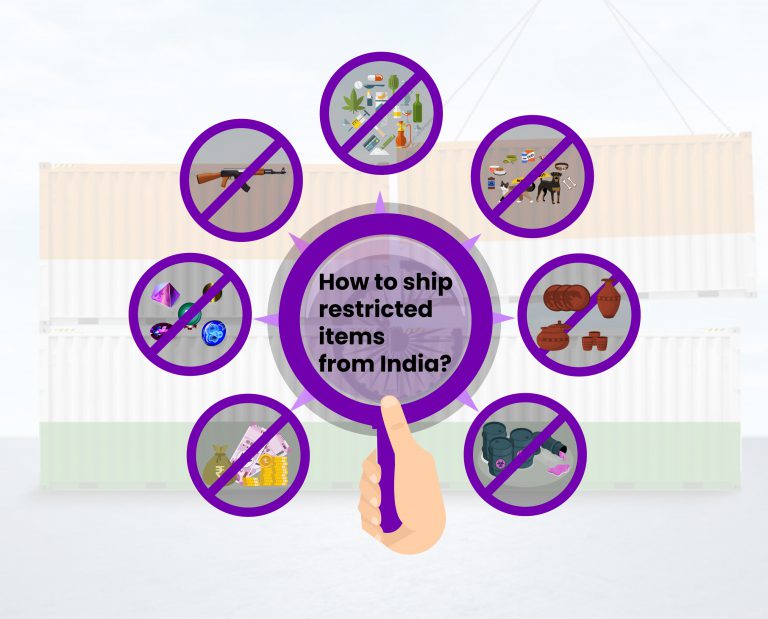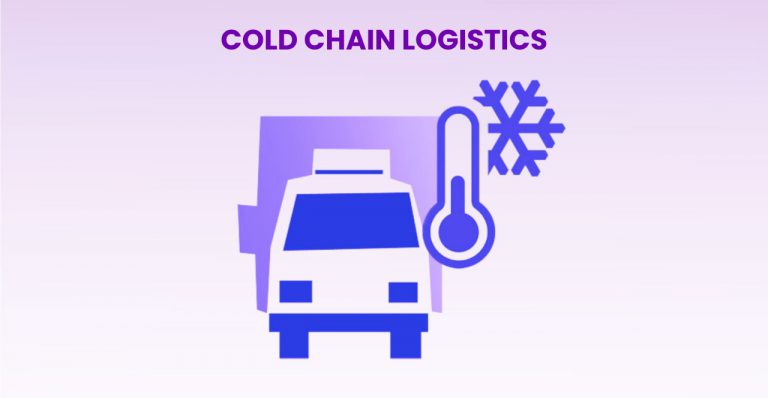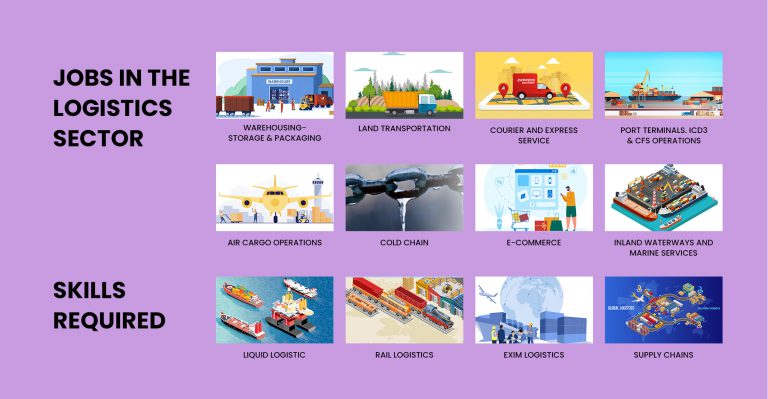What is Demand Forecasting?
In the ever-evolving world of courier and logistics, the ability to predict and anticipate customer demand accurately is paramount. Enter demand forecasting, a crucial tool that empowers companies even like Paapos to stay ahead of the game and provide exceptional services to their clients. In this blog post, we will explore the meaning and importance of demand forecasting and delve into various types of demand forecasting techniques. So, fasten your seatbelts as we embark on an exciting journey through the world of demand forecasting!
Introduction
Demand forecasting is the process of estimating the future demand for a product or service based on historical data, market trends, and various other factors. It involves analyzing past patterns, understanding customer behavior, and making intelligent predictions about future demand. In the context of a courier and logistics company like Paapos, demand forecasting helps in determining the optimal allocation of resources, streamlining operations, and delivering an exceptional customer experience.
The Importance:
Demand forecasting plays a vital role in the success of courier and logistics companies. Let’s explore some key reasons why demand forecasting is of utmost importance for Paapos:
Resource Optimization:
Accurate demand forecasting allows companies to optimize their resources effectively. By understanding the fluctuating demand patterns, Paapos can allocate their workforce, vehicles, and storage space efficiently, minimizing wastage and reducing costs. For example, during peak seasons or specific days of the week when demand is high, Paapos can proactively adjust their operations to meet the increased workload without compromising service quality.
Enhanced Customer Satisfaction:
When Paapos can anticipate customer demand accurately, they can ensure that their services are available when and where they are needed the most. By meeting customer expectations consistently, Paapos can enhance customer satisfaction, build loyalty, and gain a competitive edge in the market. For instance, by forecasting demand for specific delivery time slots or offering personalized delivery options, Paapos can provide a superior customer experience that exceeds expectations.
Inventory Management:
Demand forecasting plays a vital role in inventory management. By predicting future demand, Paapos can maintain optimal inventory levels, avoid stockouts or excess inventory, and reduce the risk of financial losses. This ensures smooth operations and eliminates the need for emergency purchases or costly expedited deliveries. Accurate demand forecasting helps Paapos strike the right balance between inventory availability and cost-efficiency.
Strategic Decision Making:
Demand forecasting enables Paapos to make informed strategic decisions. By analyzing market trends, identifying emerging customer preferences, and predicting future demand, Paapos can plan their expansion, introduce new services, and stay ahead of the competition. For instance, if demand for e-commerce deliveries is expected to rise significantly, Paapos can invest in technology and infrastructure to cater to this growing segment, ensuring a competitive advantage in the market.
Types of Demand Forecasting:
Qualitative Techniques:
Qualitative techniques rely on expert opinions, market research, and surveys to forecast demand. These methods are useful when historical data is limited or unreliable. Paapos can conduct customer surveys, focus groups, and expert interviews to gather valuable insights and make subjective predictions. Qualitative techniques are particularly valuable when introducing new services or entering new markets, where historical data may not be available.
Time Series Analysis:
Time series analysis uses historical data to identify patterns and trends in demand. Paapos can analyze past sales data, seasonal variations, and cyclical trends to forecast future demand accurately. Techniques such as moving averages, exponential smoothing, and regression analysis can aid in making precise predictions. Time series analysis is beneficial for forecasting regular, repetitive demand patterns, such as daily or weekly orders.
Causal Models:
Causal models establish relationships between demand and various influencing factors like price, marketing campaigns, economic indicators, or competitor behavior. So, companies can analyze these factors to understand their impact on demand and make informed predictions. Regression analysis and econometric models are thus commonly used in causal forecasting. Causal models are useful when external factors have a significant influence on demand, allowing Paapos to make proactive decisions based on market conditions.
Artificial Intelligence and Machine Learning:
With advancements in technology, AI and machine learning techniques have become valuable tools for demand forecasting. These methods can analyze vast amounts of data, identify complex patterns, and make accurate predictions. Paapos and other companies can leverage these technologies to enhance their forecasting capabilities and gain a competitive edge. Machine learning algorithms can adapt and improve over time. Which will incorporate real-time data and market dynamics to provide more accurate demand forecasts.
Conclusion:
In conclusion, demand forecasting is a game-changer in the courier and logistics industry. Basically by accurately predicting customer demand, companies can optimize resources, improve inventory management, enhance customer satisfaction, and make informed strategic decisions. Thus by utilizing various combination of qualitative techniques of forecasting, companies can unlock new opportunities and solidify their position as a leader in the industry. So, embrace the power of forecasting and get ready to shape the future of courier and logistics services! Hence with demand forecasting by your side, anyone can confidently navigate the dynamic landscape of the industry. Lastly companies can meet customer expectations and pave the way for success.







